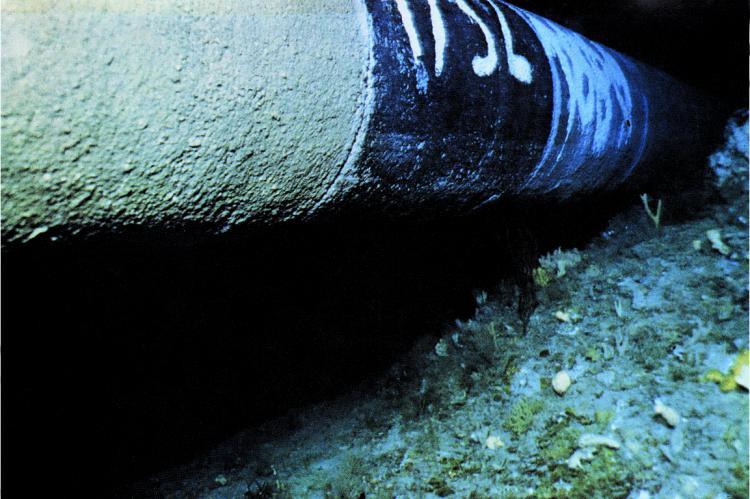Ultra-Deep Water Depth Pipelines: Design Criteria for New Frontier Applications

Pipelines in ultra-deep water depth are generally associated with design and installation technical challenges. Research and development efforts to improve reliability and efficiency of subsea pipelines, keeping the associated risks within an accepted range, are still a must. Improvement of the pipe steel grade quality, manufacturing innovations, installation methods, lay-vessel capacity, and design criteria optimization such as in DNVGL-ST-F101 (2017) and API-RP-1111 (2015) focusing on the physical failure modes, are very welcome to the pipeline industry. Such improvements have arisen by the demands from the new frontiers where the pipelines are required to operate in harsh environments.
The intention of this paper is to review the so-called wall thickness design criteria well established in the oil and gas industry for ultra-deep water scenarios, reflecting pressures only and constituting the minimum wall thickness that can be used: the pipeline wall thickness design for pipe pressure containment (bursting), local buckling (system collapse) and propagating buckling as outlined in DNVGL-ST-F101 and API-RP-1111.
In addition, the safety philosophy and code limitations are discussed, and the main differences are illustrated using a design example of an ultra-deep water pipeline application. A set of requirements is also shown that allows for replacing the system pressure test. Such a possibility could reduce costs related to pre-commissioning by minimizing time spent on offshore campaigns.

